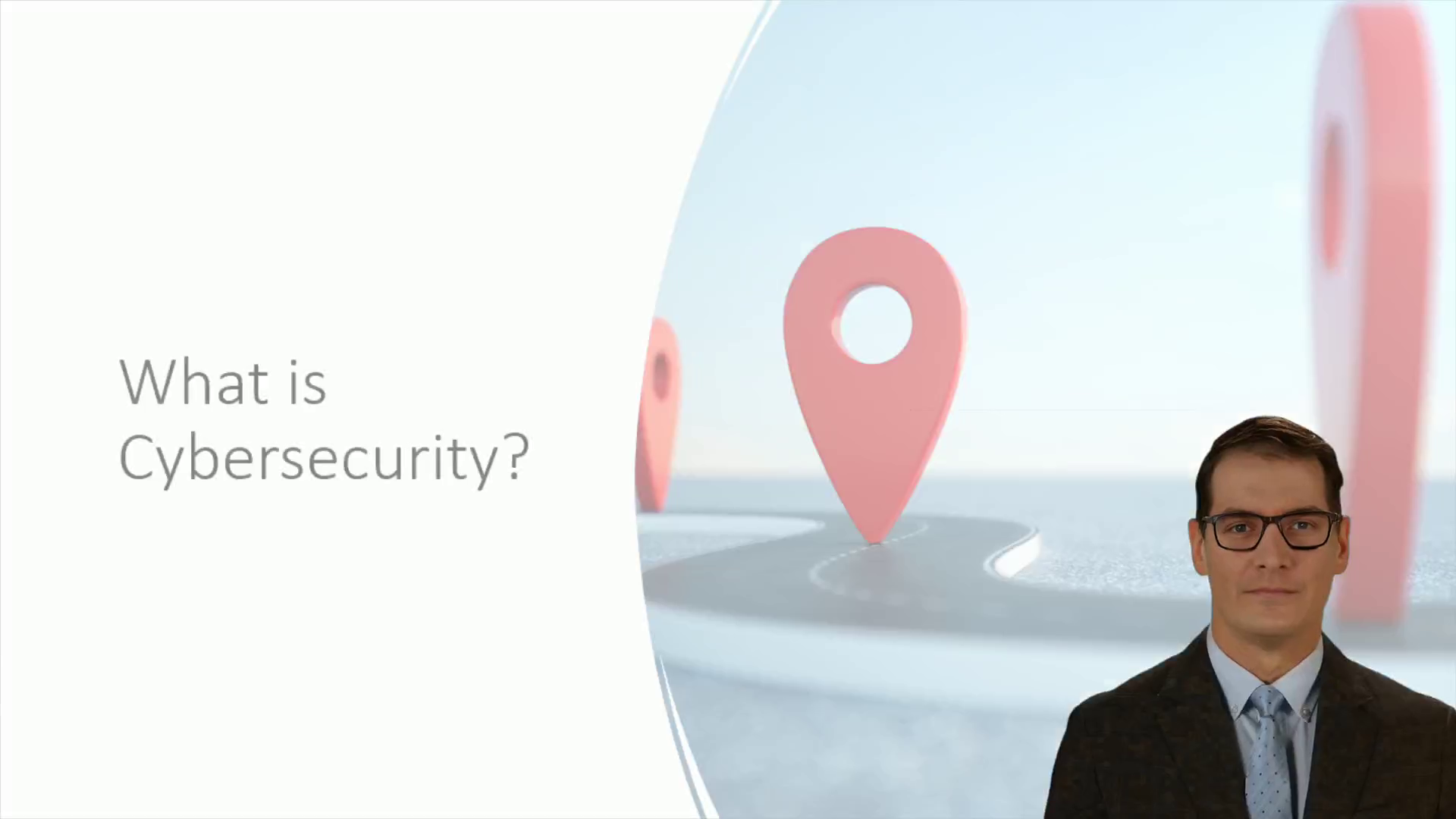
What is Cybersecurity?
Scene 1 (0s)
[Presenter] Hello everyone! Today, I'm here to talk to you about the art of cybersecurity - how to protect yourself and your business from digital attacks. We will look at best practices, software updates, password security, and more. Let's get started!.
Scene 2 (21s)
[Presenter] Cybersecurity refers to the practice of safeguarding networks, systems and programs from malicious digital attacks. These malicious attempts typically aim to gain access to, alter or destroy confidential information, obtain money from users or impede normal business operations. To aid in defending against these digital intrusions, software and operating system updates, strong passwords, two factor authentication and secure VPNs are among the solutions that may be implemented..
Scene 3 (54s)
[Presenter] Cybersecurity is a must in the digital world. To guarantee our data stays protected, we must look into the various kinds of cybersecurity. Network security concentrates on shielding the underlying framework of a system, like routers and switches. Application security centers around shielding the applications that keep running on a system, such as web applications and databases. And endpoint security focuses on securing the gadgets that interface with a system, such as laptops and smartphones. By understanding the different kinds of cybersecurity, we can guarantee that our data is shielded and secure in the continually evolving digital landscape..
Scene 4 (1m 38s)
[Virtual Presenter] Cybersecurity threats pose serious risks for organizations and individuals. Viruses, malware, phishing attacks, and ransomware are all different types of malicious software that can spread to computers and gain access to sensitive data. Viruses are programs that can spread from computer to computer. Malware is installed secretly on a computer. Phishing is an attempt to get confidential information, like usernames and passwords. Ransomware is malicious software that locks data and requires a ransom in exchange for the unlocking key. These threats can have serious consequences. Fortunately, there are best practices we can implement to defend ourselves, such as software updates, strong passwords, two-factor authentication, secure virtual private networks (VPNs), and more. Being aware of these threats and taking the proper precautions can help reduce the chances of being impacted by a cyber attack..
Scene 5 (2m 41s)
[Virtual Presenter] Cybersecurity solutions play a key role in safeguarding the digital realm. Firewalls help thwart unauthorized access by hackers and malevolent software. Intrusion detection systems are in place to scrutinize and detect any suspicious activity, then alert administrators when needed. Data can be shielded from unwanted parties by deploying encryption. Last but not least, antivirus software is utilized to locate and eliminate any malevolent software present in a computer system. Adopting such protective measures empowers users with the capability to safeguard their network, systems, and programs against digital threats..
Scene 6 (3m 23s)
[Presenter] Cybersecurity best practices are essential to ensure the safety of network, systems and programs from digital attacks. Keeping software and operating systems up to date is one of the most critical best practices. Password strength should be maximized and two-factor authentication should be enabled for extra security, as a measure to prevent any unauthorized access. Regular backing up of important data is important to help restore data in the event of an attack. Additionally, one should be aware of any suspicious emails or websites, and use a secure VPN when connecting to public networks, as another way to protect network, systems and programs from digital attacks..
Scene 7 (4m 6s)
[Presenter] Cybersecurity is of utmost importance to protect data, guard networks and systems. There is a range of cybersecurity, from network to application security and endpoint security. As technology grows, so do cyber risks, from viruses, malware, phishing attacks to ransomware attacks. To cope with those threats, there are numerous cybersecurity solutions, for instance, firewalls, intrusion detection systems, encryption and antivirus software. Additionally, following cybersecurity best practices, like keeping software and operating systems up-to-date, using strong passwords, deploying two-factor authentication and spotting phishing emails, help to fend off cyber threats. It's vital to arrange a full-proof cybersecurity strategy for companies and individuals..
Scene 8 (5m 2s)
[Presenter] We have discussed the various solutions needed to protect networks, systems and programs from malicious digital attacks. From software and operating system updates to strong passwords, two-factor authentication to secure VPNs, together we have looked at the best practices for keeping our systems safe. Let us all stay vigilant of the changing threats online and apply these practices to ensure the highest level of cybersecurity. Thank you for joining us and for your time and attention..